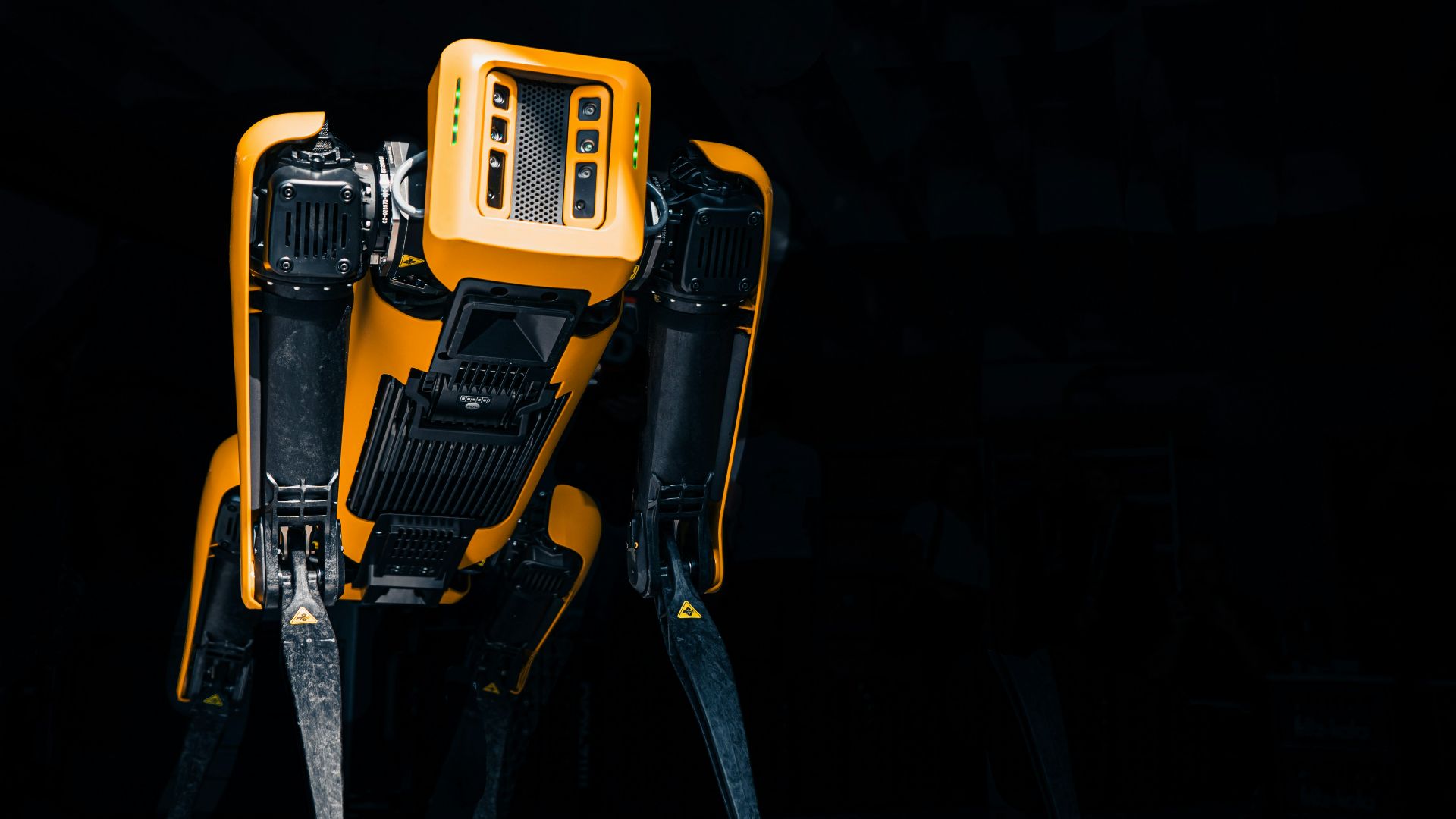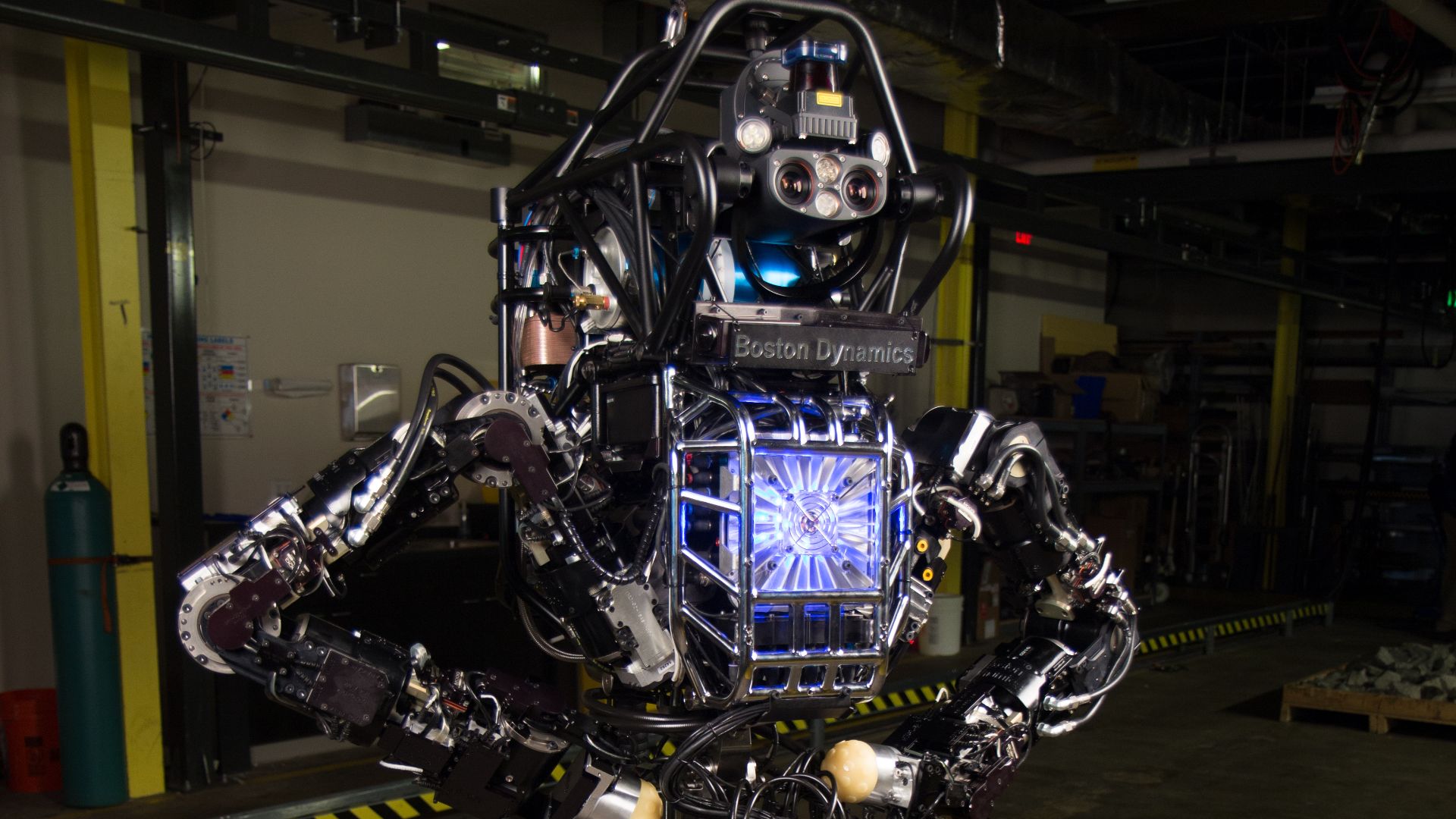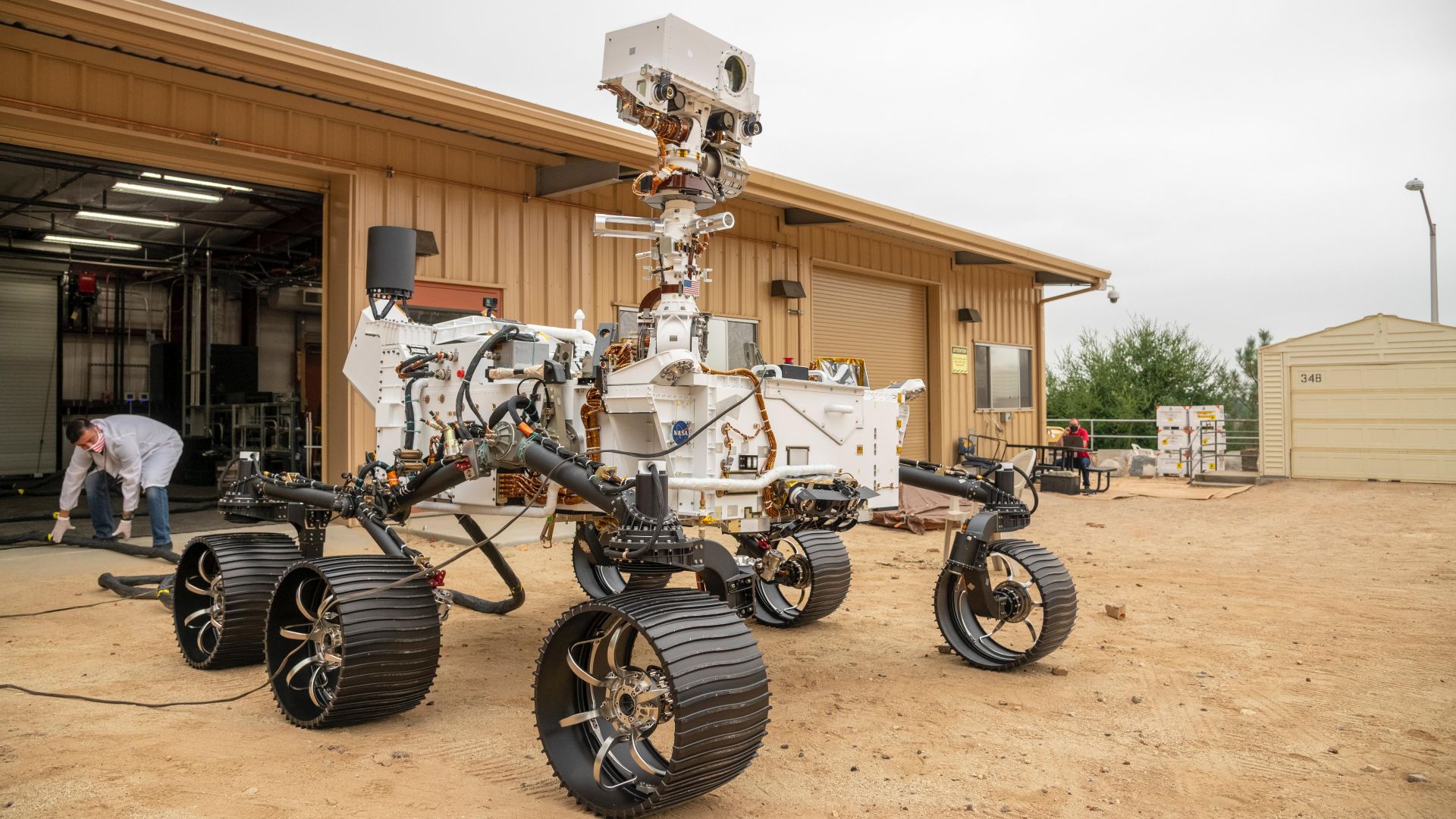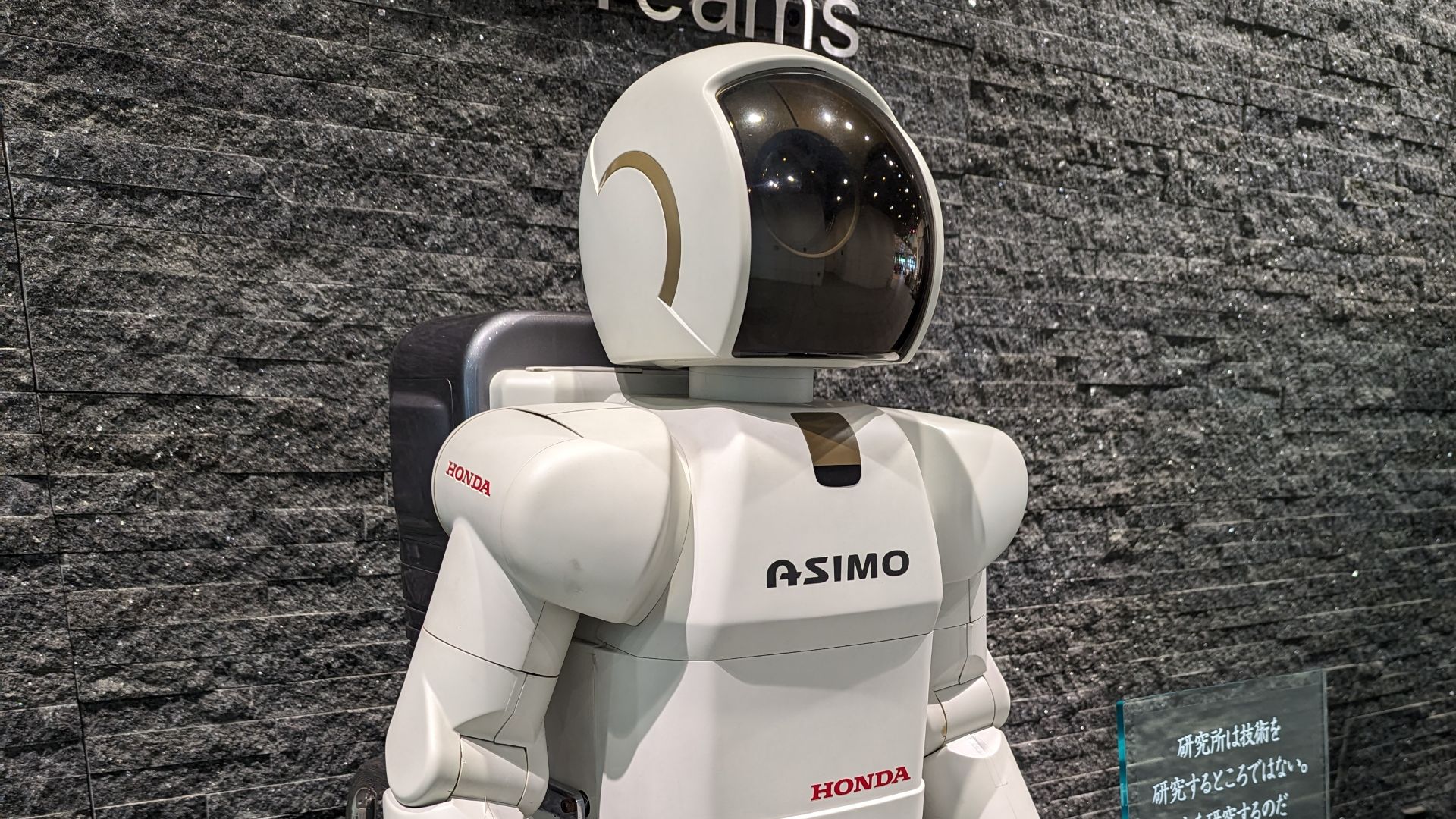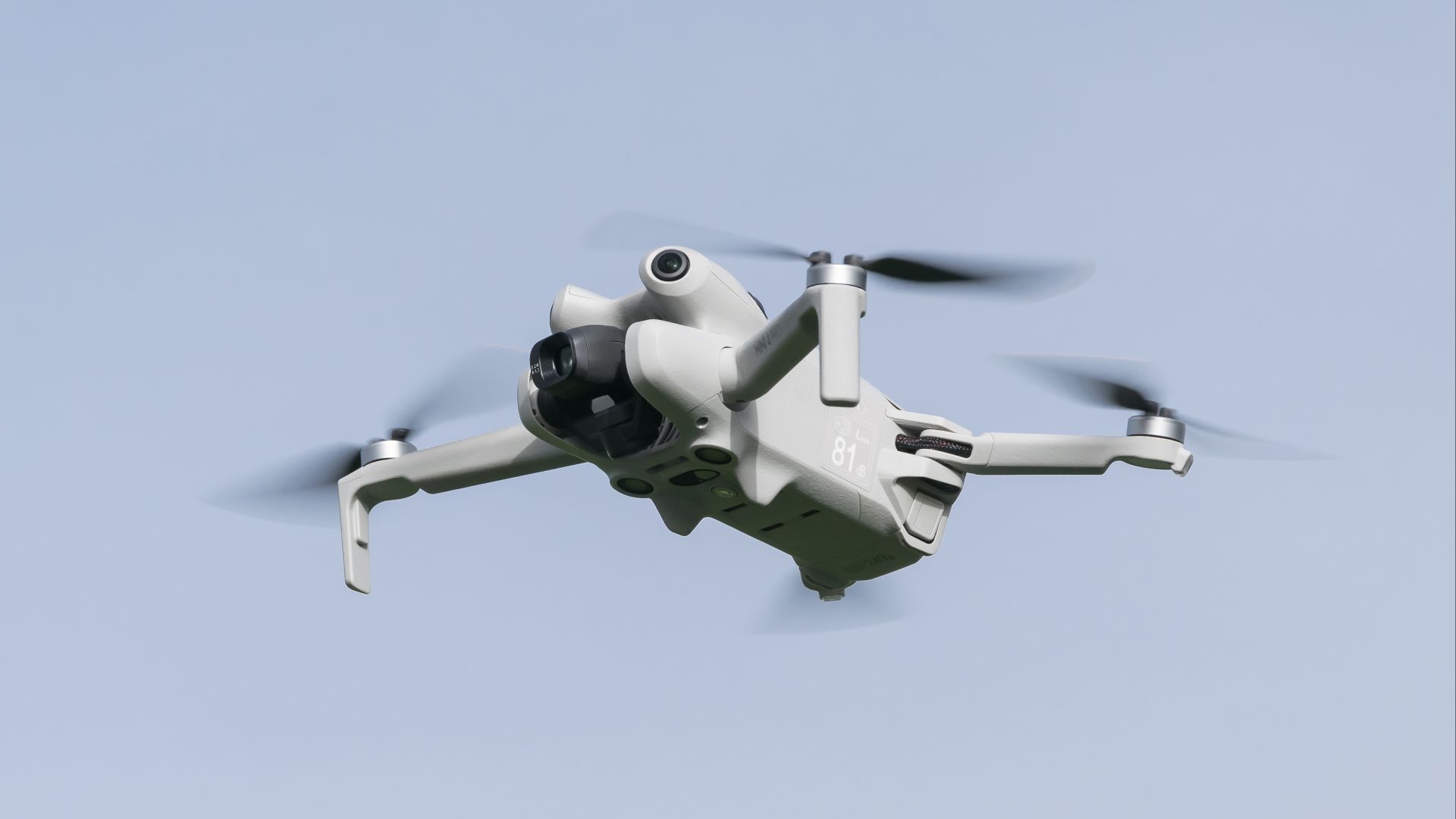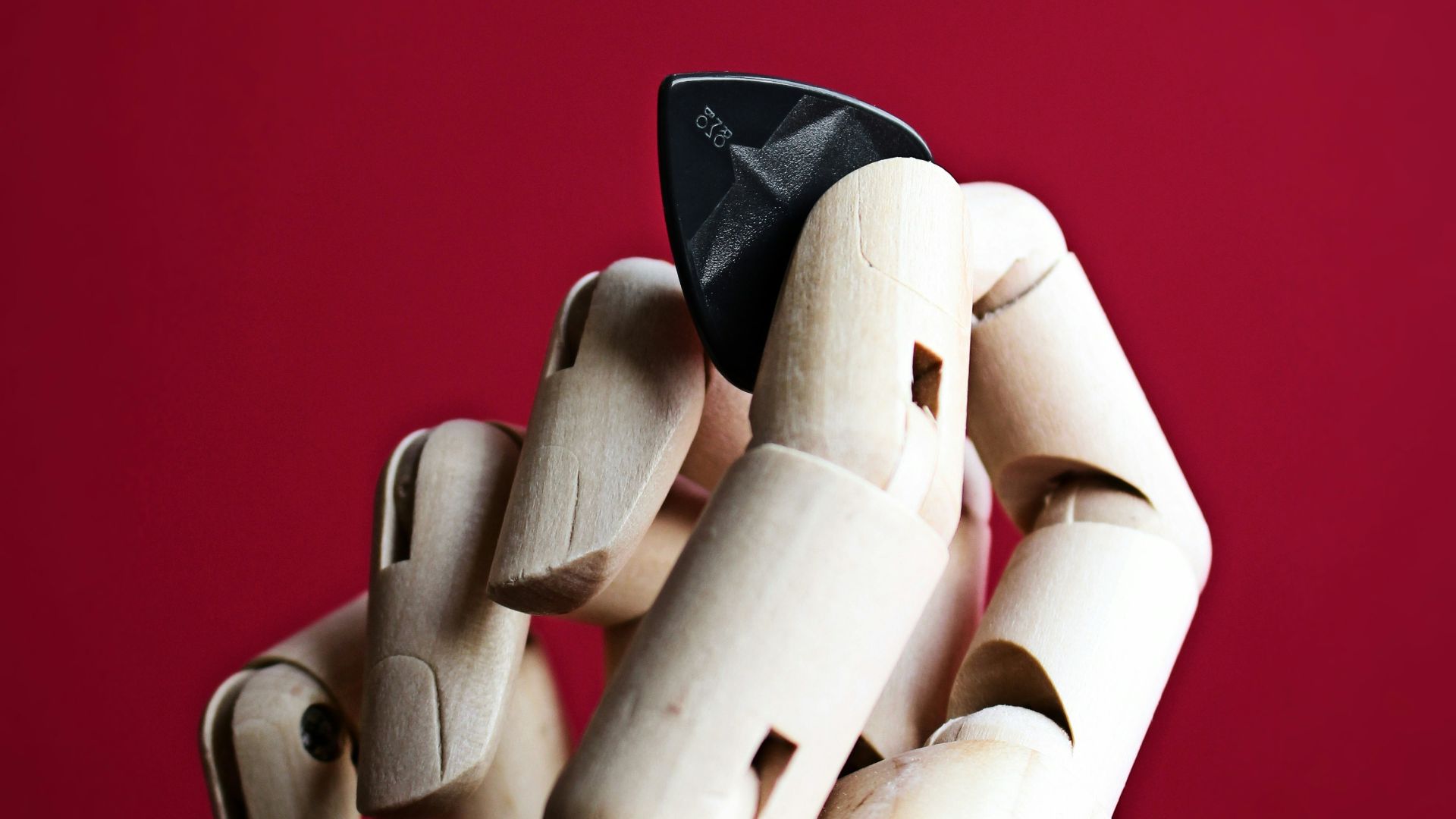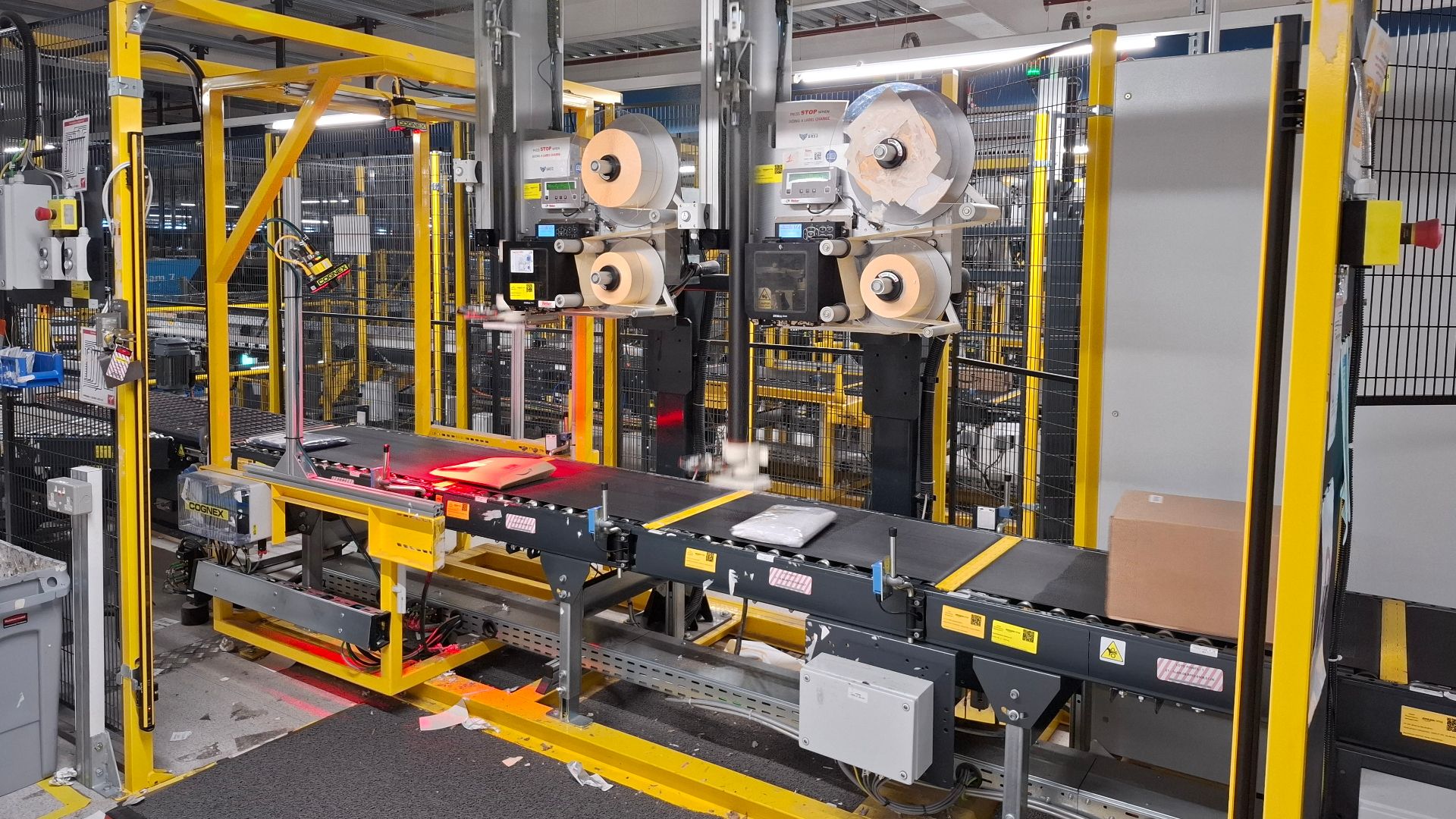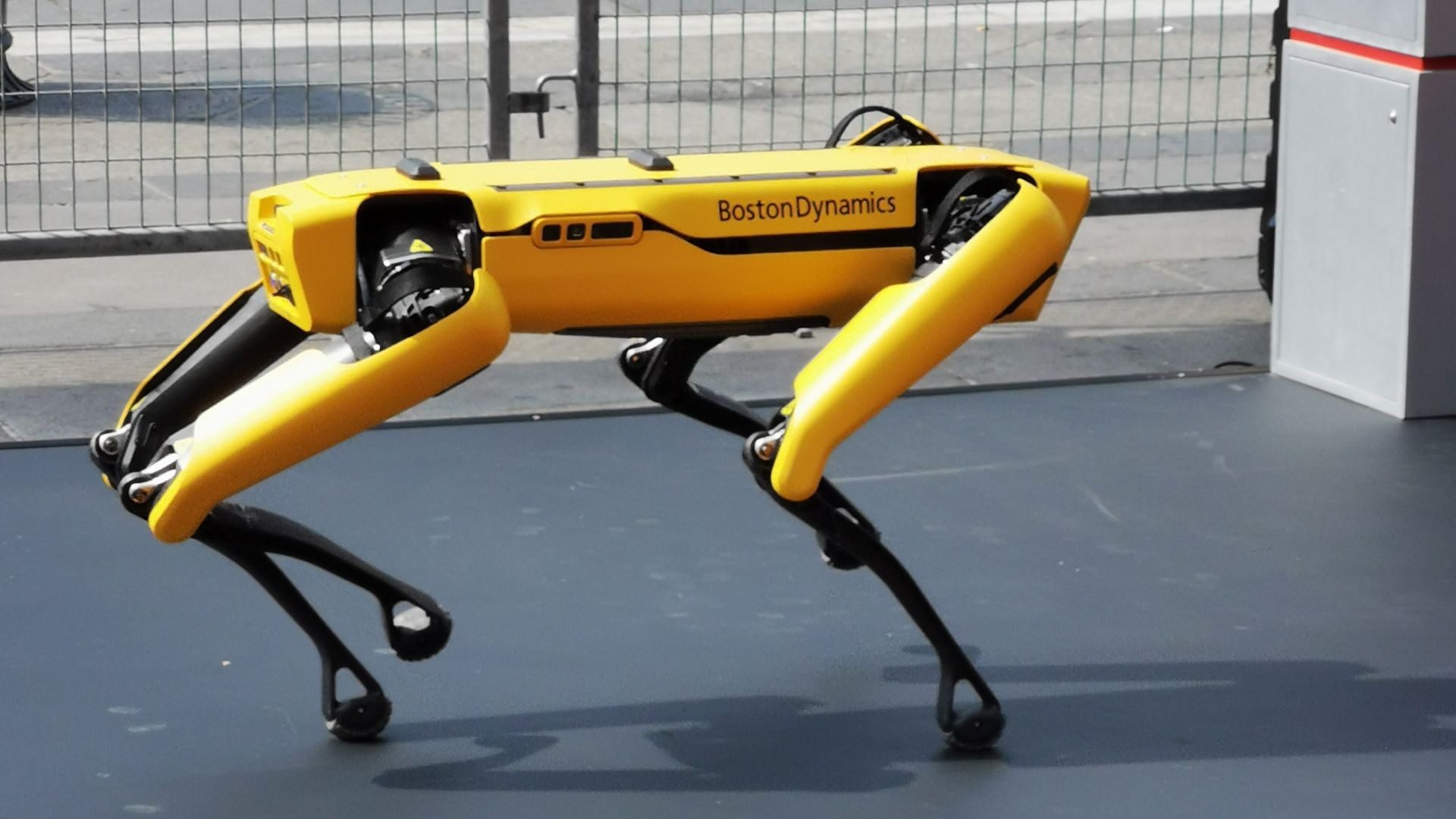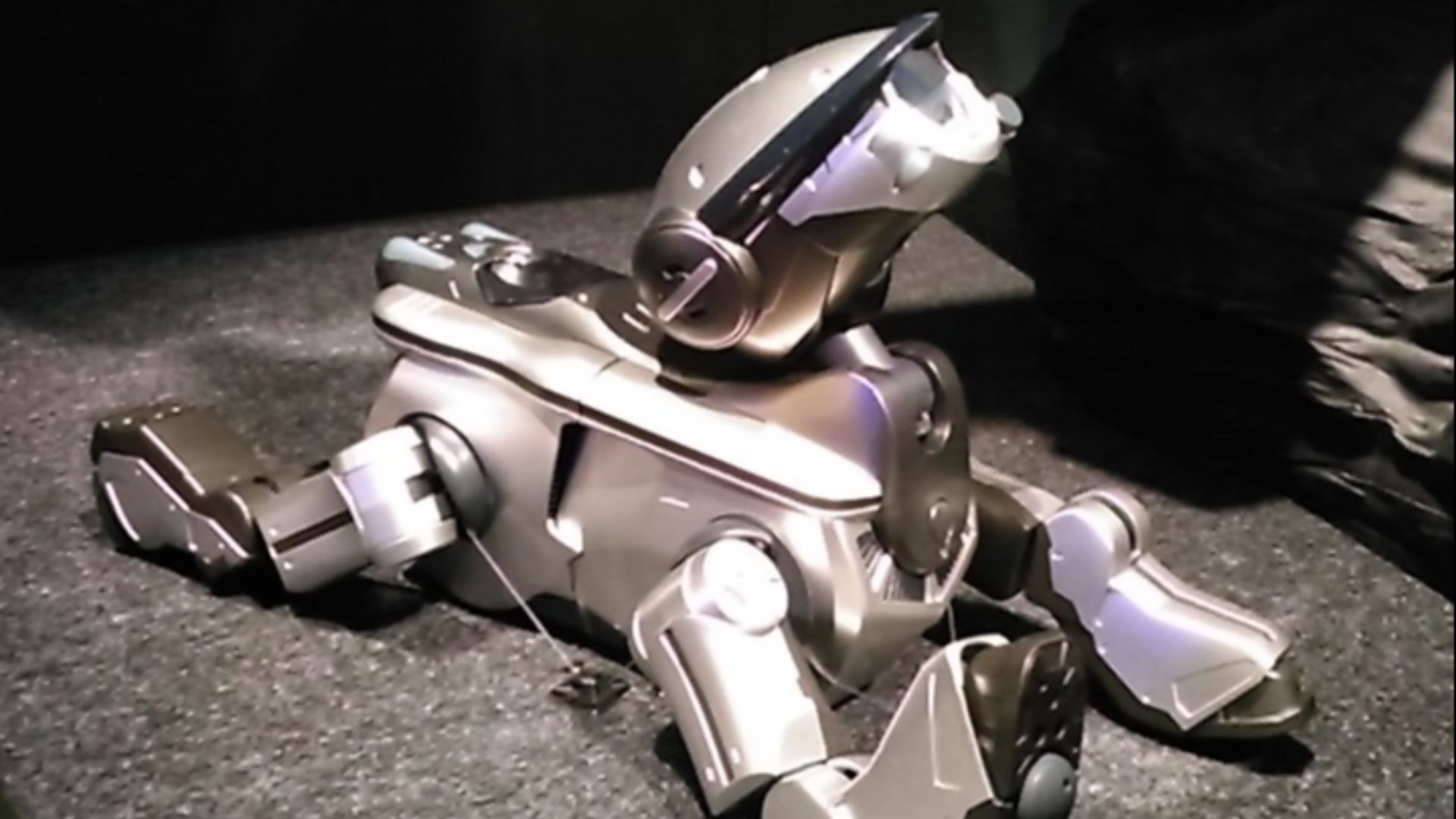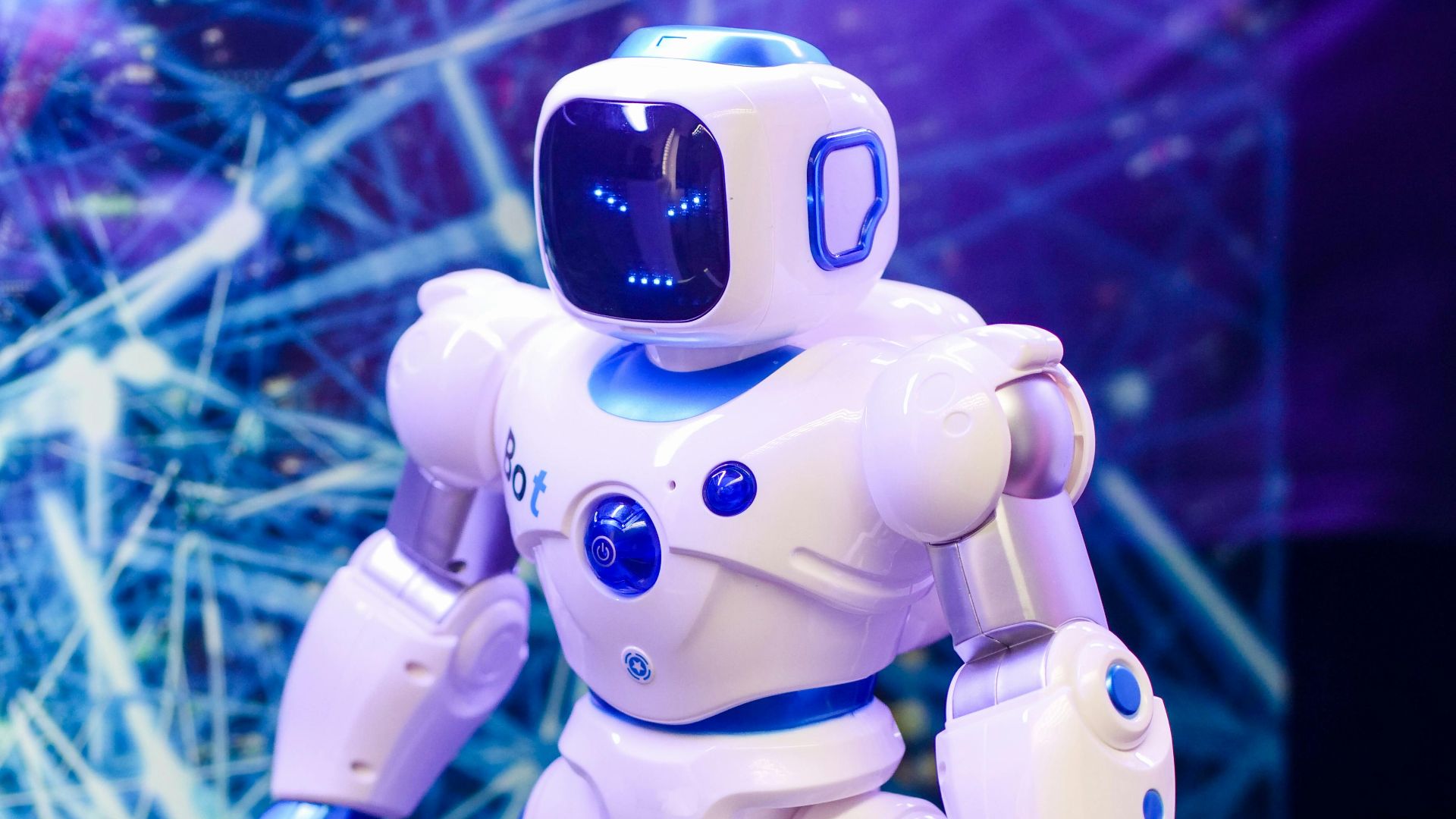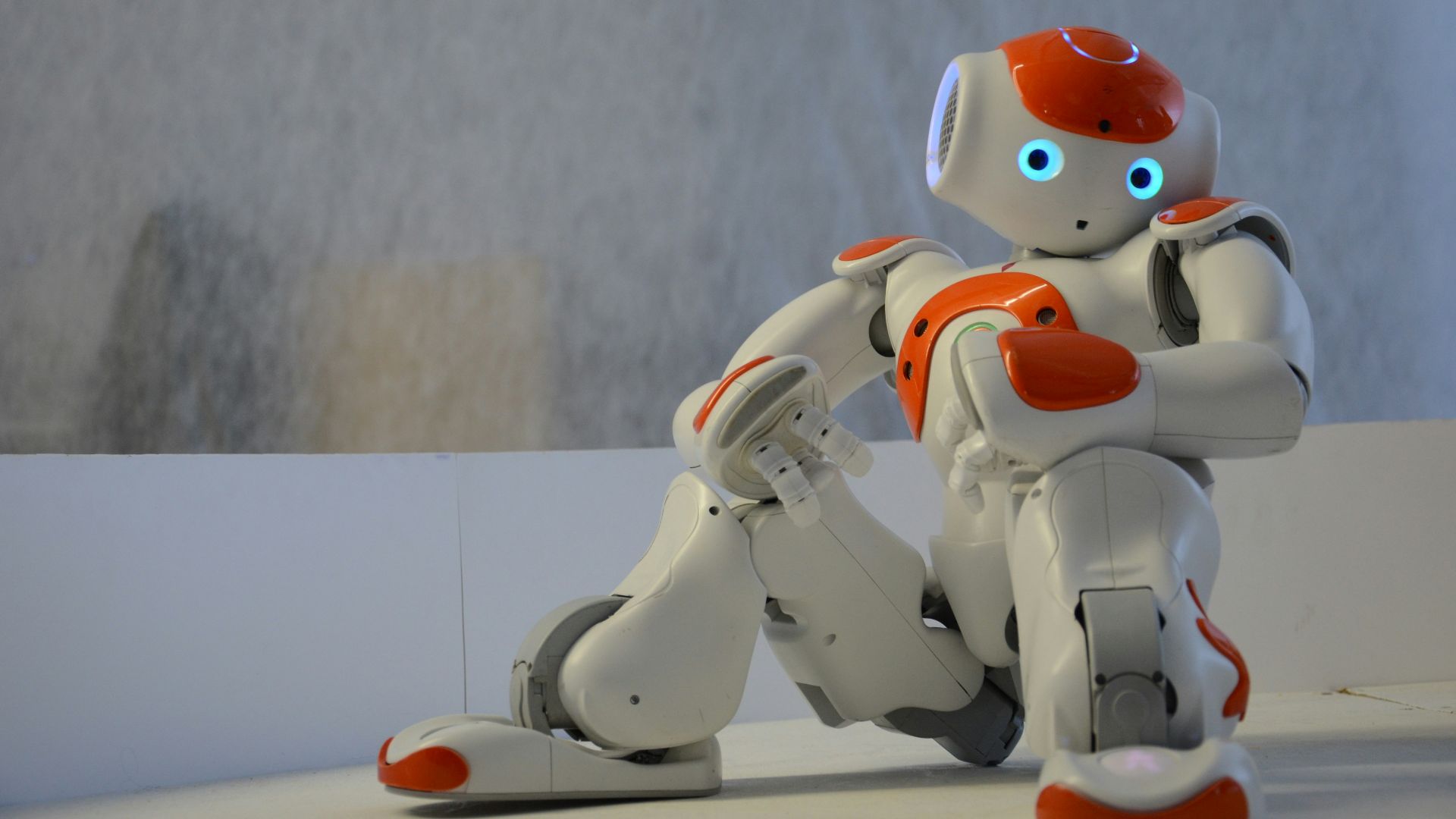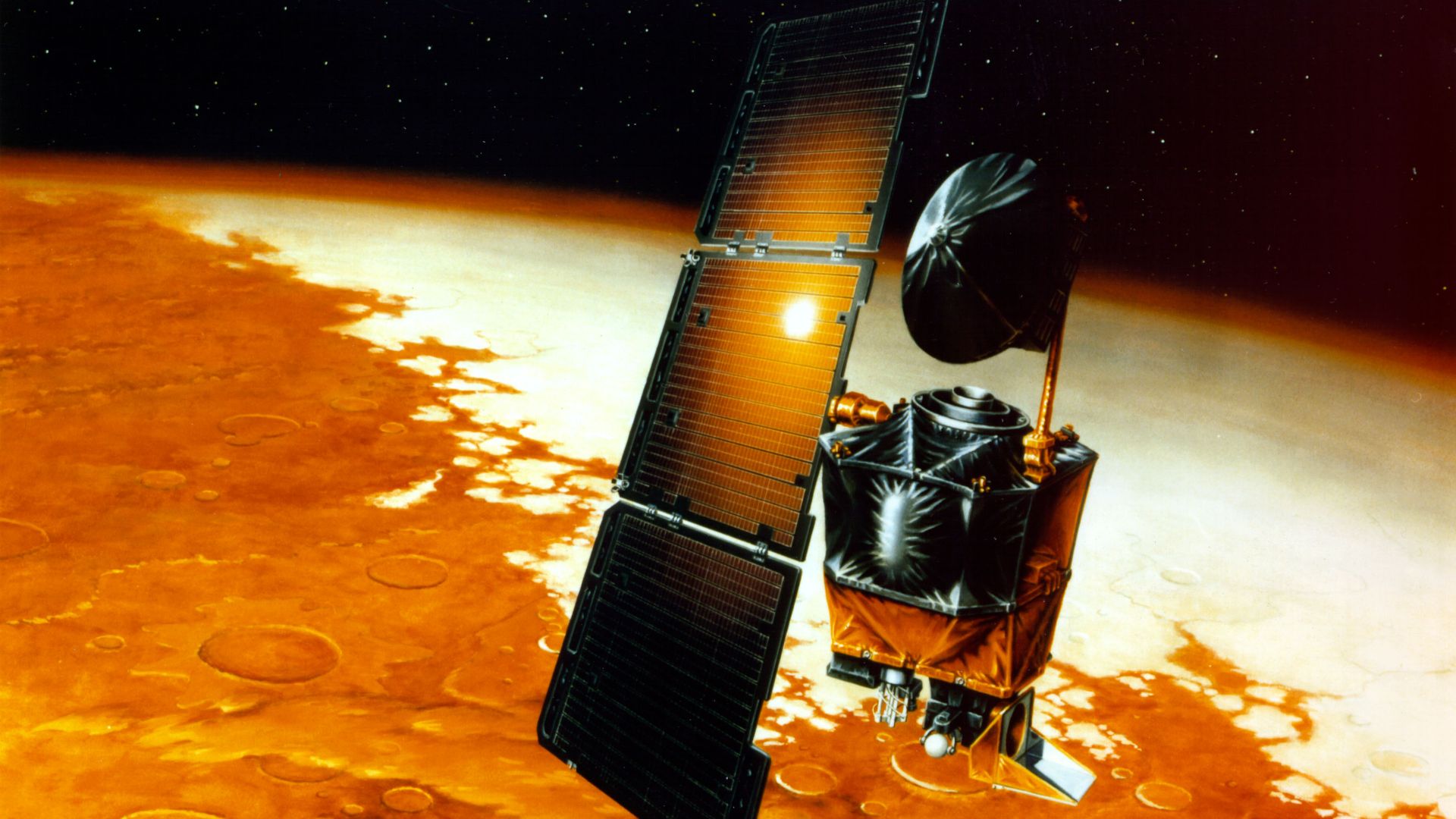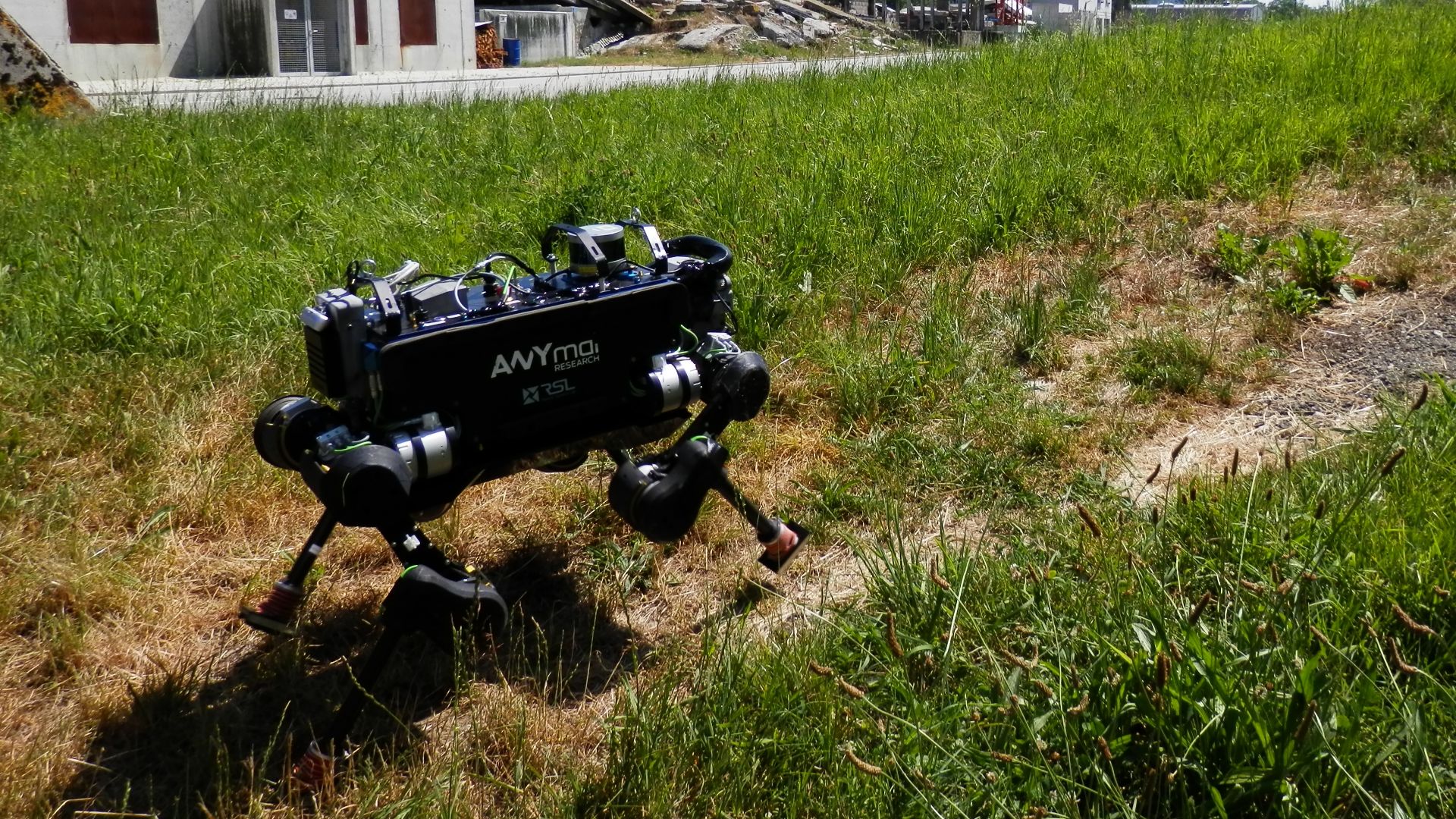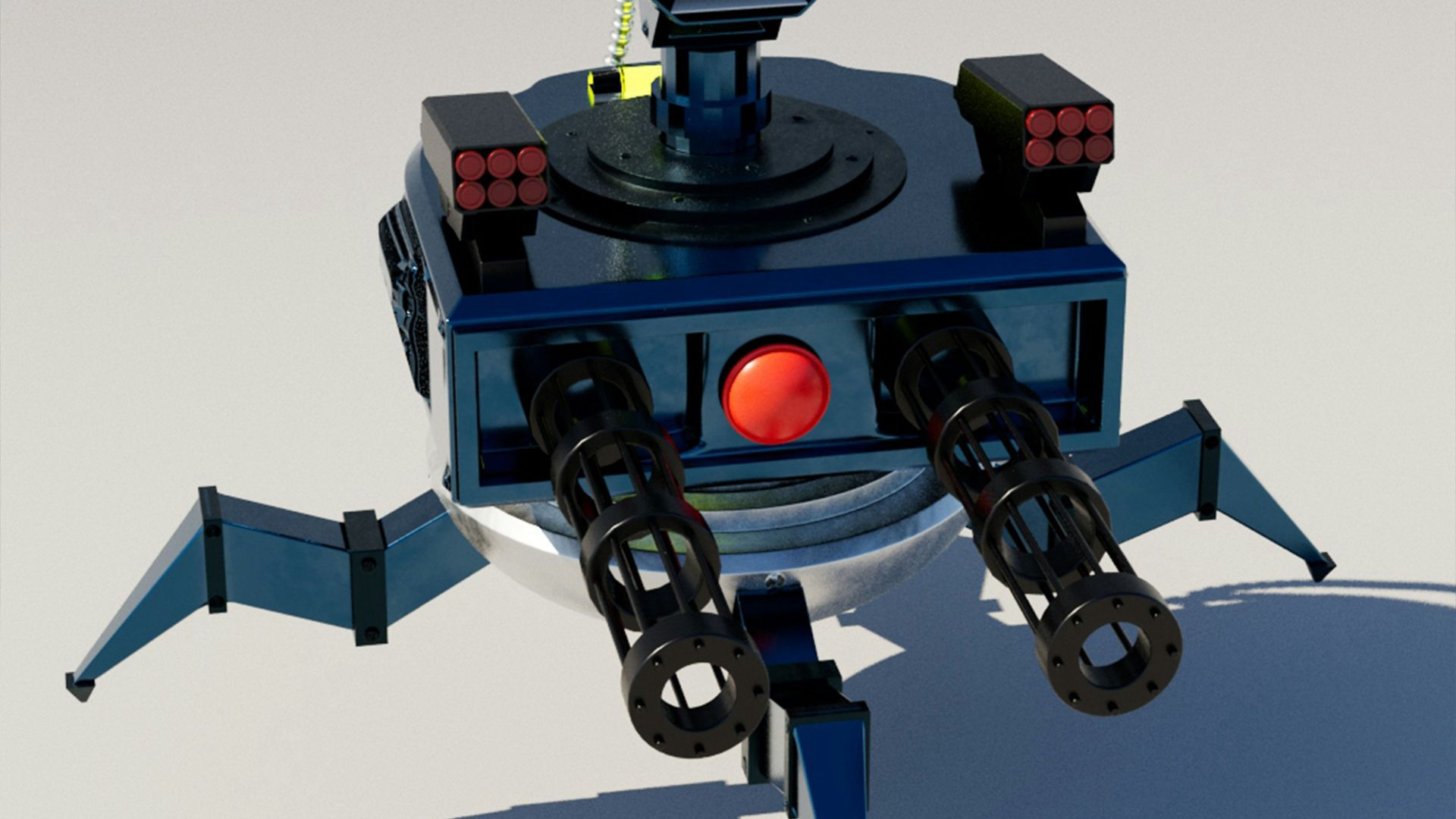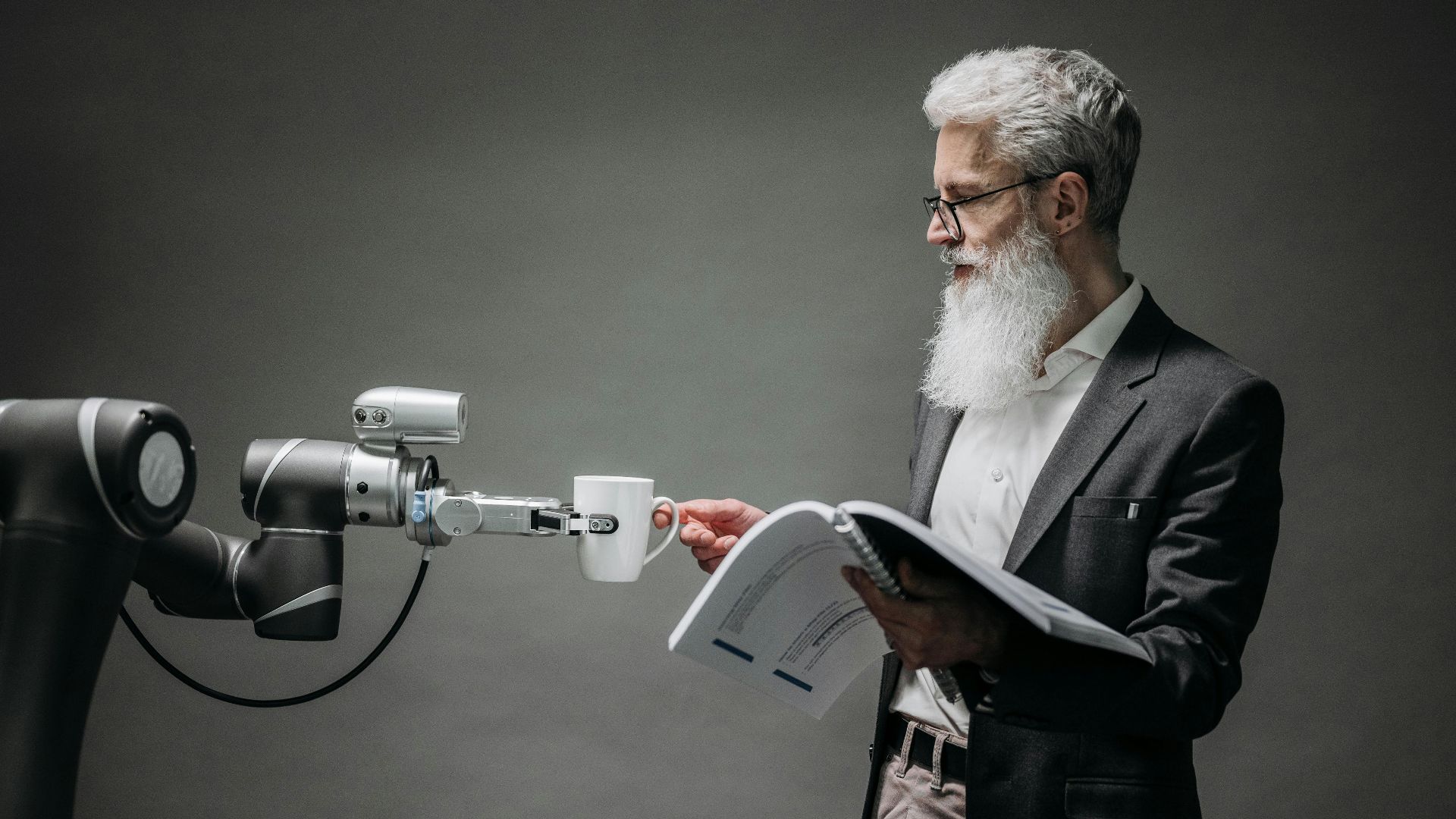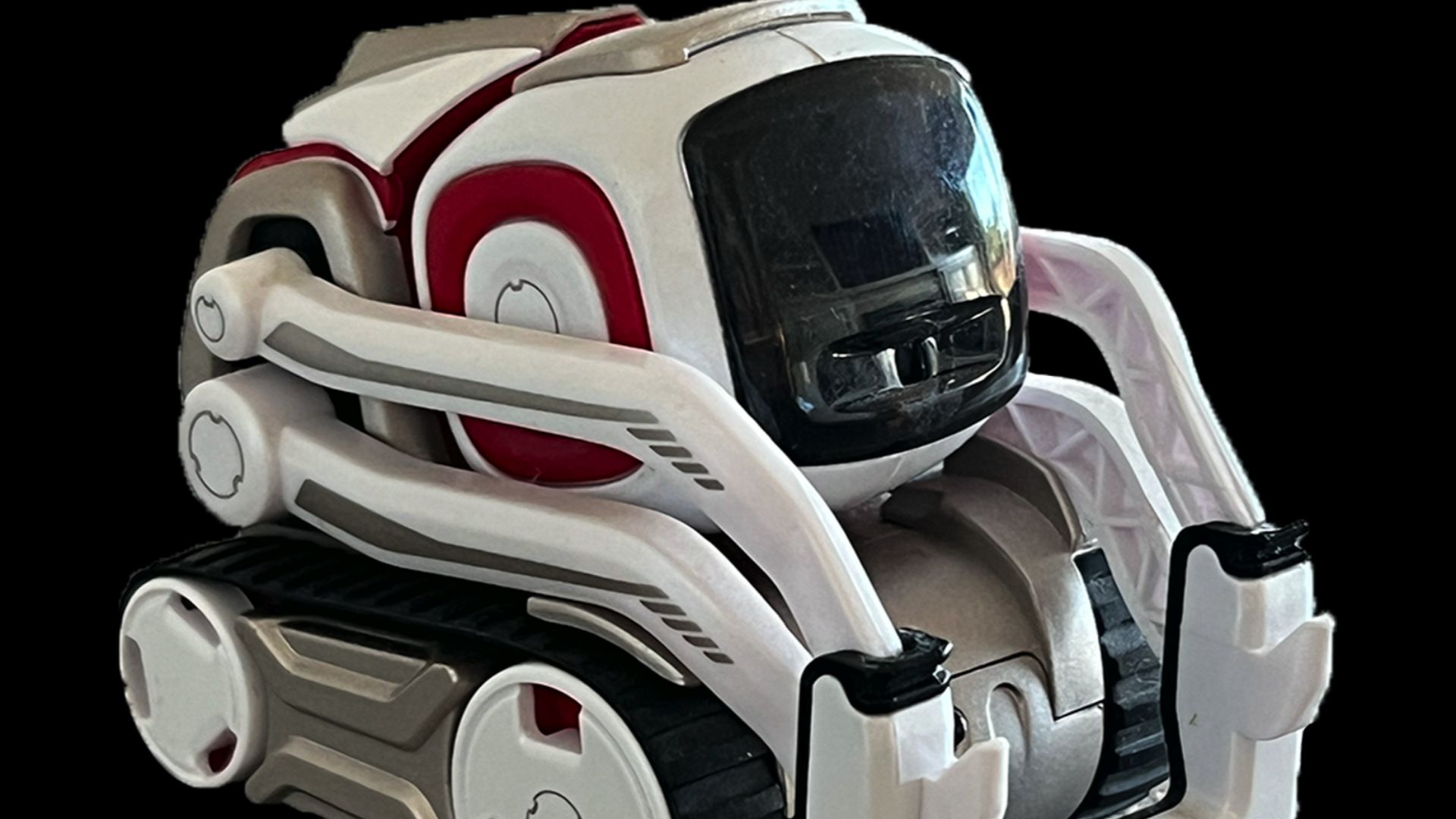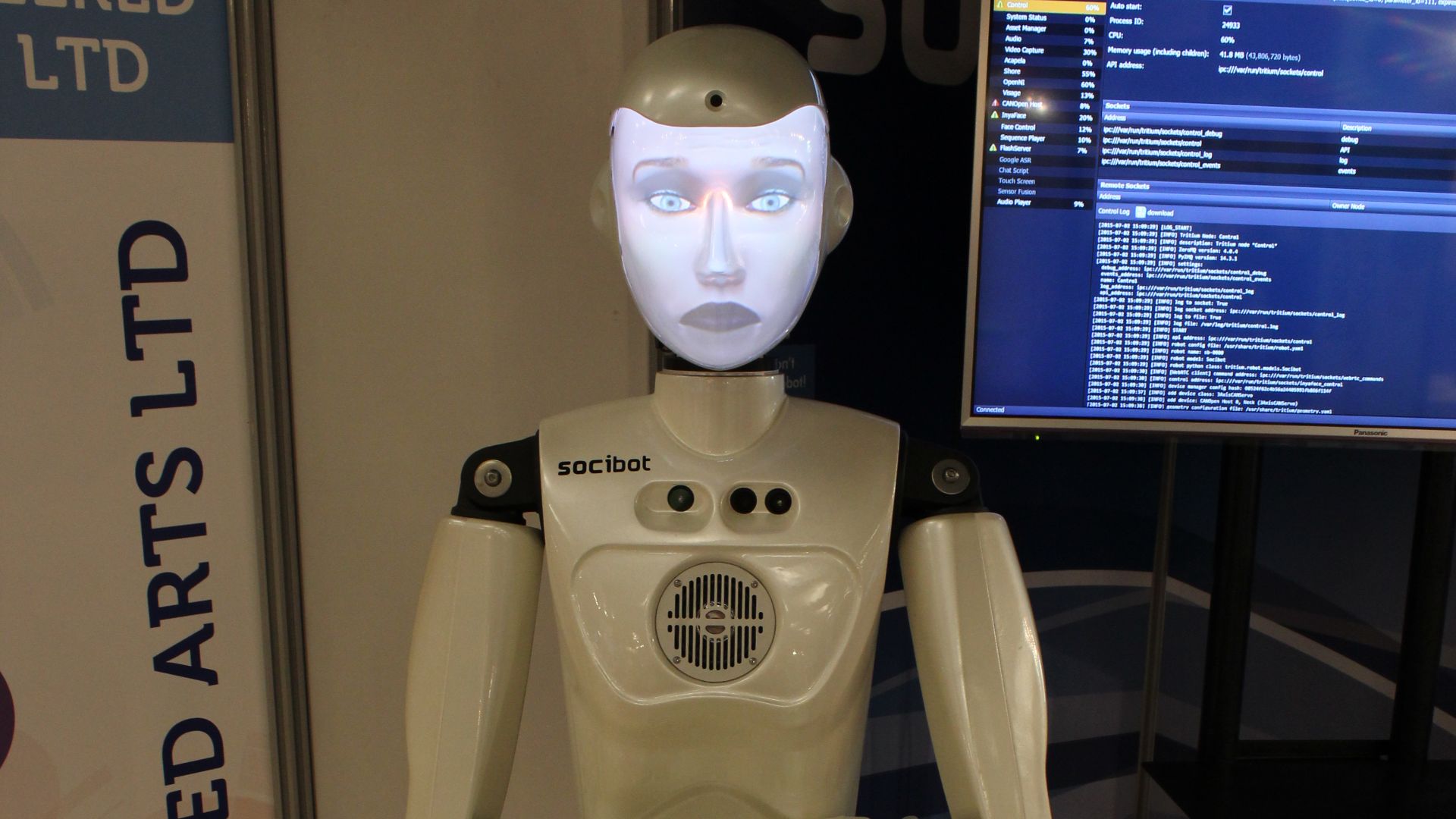Success and Failure in Robotics
Robotics is, in many ways, the pinnacle of engineering and computing, yet it doesn’t always end well. One moment, a machine is flawlessly assembling cars in a factory, performing surgeries with laser precision, or exploring Mars. The next, a bot misreads a sensor and disaster follows. The line between genius and disaster is often thinner than a microchip. Some robots redefine how we interact with the world, while others fail so spectacularly you can’t help but remember the impact. Here are ten robots that succeeded in mind-blowing ways, and ten that spectacularly missed the mark.
1. Boston Dynamics’ Atlas
This humanoid robot can jump, flip, and run over uneven terrain. Engineers have been tweaking models over the years, and the aim is not simply to entertain but to perform autonomous tasks in factory settings. When they talk about robots coming after our jobs, they’re thinking about this one.
2. NASA’s Perseverance Rover
On Mars, thousands of miles from Earth, Perseverance rolls across rock-strewn plains, collecting samples. The precision required to do any of this, with a communication delay of minutes, is staggering. You think of it as a robot, but it’s really a mobile laboratory working at the limits of interplanetary travel.
3. SoftBank’s Pepper
Designed for human interaction rather than heavy physical tasks, Pepper reads emotions, answers questions, and even dances. In retail environments, it can greet hundreds of customers a day without complaint. Sometimes its empathy feels uncannily human.
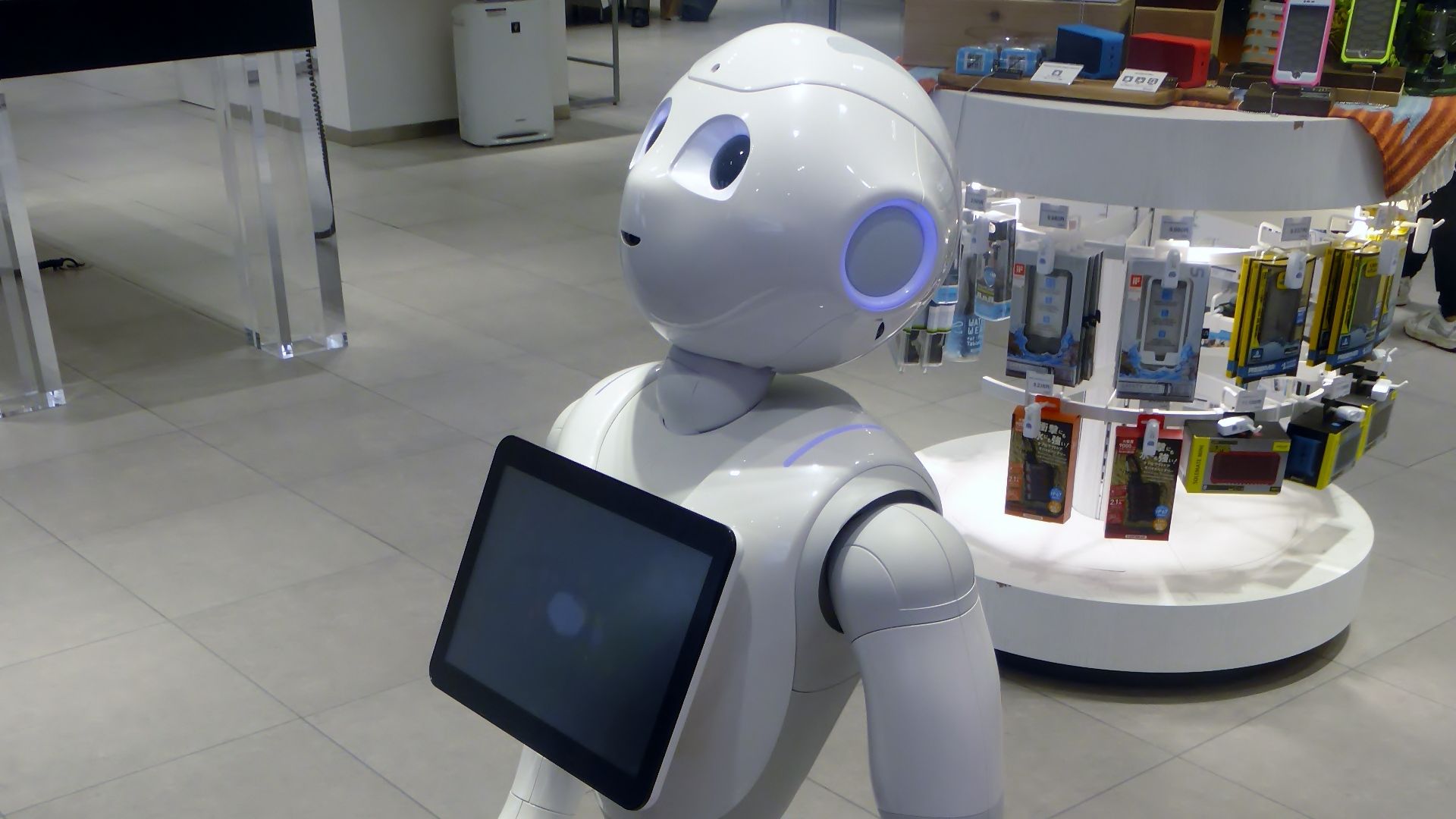 Tokumeigakarinoaoshima on Wikimedia
Tokumeigakarinoaoshima on Wikimedia
4. iRobot Roomba
This deceptively simple machine maps rooms, avoids obstacles, and keeps floors clean while you binge-watch Netflix. The genius lies in its autonomy and its ability to navigate your floor plan. Cleaning will never feel heroic, but Roomba makes it seem like a celebratory accomplishment nonetheless.
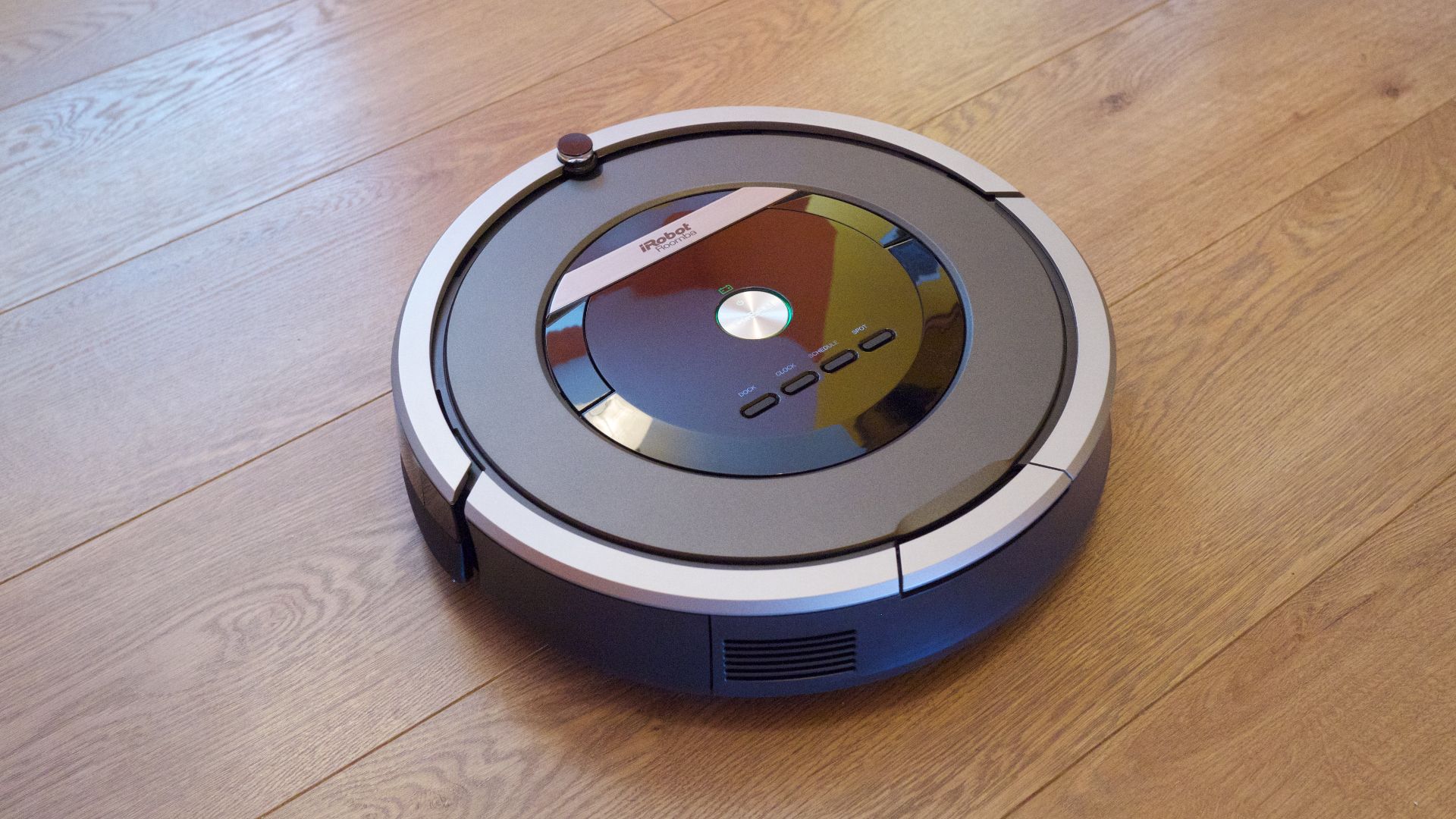 Kārlis Dambrāns from Latvia on Wikimedia
Kārlis Dambrāns from Latvia on Wikimedia
5. Honda’s ASIMO
This early humanoid walked, ran, and climbed stairs with astonishing smoothness. It was designed to demonstrate bipedal mobility and could carry trays, wave, and even respond to commands. The development of this robot took decades and laid the groundwork for humanoid research.
6. DJI Drones
While not a humanoid robot, this drone was small, nimble, and capable of autonomous flight. Landscape filming that once required helicopters could unfold in real time from a spinning, whirring quadcopter. Photographers and wildlife researchers especially loved it.
7. OpenAI’s Dactyl Robot Hand
This robot hand manipulates objects with human-like dexterity, and the algorithm powering it is as impressive as the hardware. It’s able to turn a cube with its fingers and solve simple puzzles. It’s strange watching metal and wires develop a kind of digital muscle memory.
8. Amazon Robotics
These warehouse bots revolutionized logistics. They zip under shelves, lift them, and bring them to human pickers, shaving hours off operations. There’s a ballet to it—all lights and sudden stops and starts. You only notice the complexity when they malfunction, which happens rarely.
9. RoboBee
These are Harvard’s tiny flying robots that are capable of hovering like insects and potentially pollinating flowers. Because of their delicate size, they’re meticulously engineered and hover on the edge of biology and robotics, with massive implications for ecological preservation.
10. Boston Dynamics’ Spot
This dog-like robot can walk, climb stairs, and even navigate difficult terrain. The practical implications are nearly endless as far as inspection and security go. When you see it tilt its head at a human, sensing commands, it’s hard not to anthropomorphize it.
And now, here are ten robots that didn’t quite live up to expectations.
1. Sony’s AIBO
This pet robot from the late 1990s wagged, barked, and acted out certain learned behaviors. Owners treated it like a real dog, but over time, its sensors failed and its motors burned out. It ended up as a kind of curiosity rather than a long-term companion.
2. Toyota’s T-HR3 Humanoid
This full-size humanoid was meant to mirror human motion remotely. The concept was brilliant, but the engineers struggled with the execution. Latency issues and awkward movements made it a kind of robotic Frankenstein that intimidated more than inspired. People praised the vision but were left unimpressed by the reality.
3. Jibo
This device was marketed as the social robot that would live in your home. It was chatty and could recognize faces, yet the hardware limitations and software delays resulted in it gathering dust in the closet.
4. Mars Climate Orbiter Mishap
Although not a robot per se, but a spacecraft, it nonetheless serves as a cautionary tale of failed robotics engineering. This spacecraft was sent to orbit Mars but was lost in space because of a metric-to-imperial conversion error. Millions of dollars were wasted and priceless data lost forever.
5. Anymal 2
This four-legged robot was designed to flawlessly navigate over rubble. Early tests saw it tipping over repeatedly, its arms flailing. It may have been impressive on paper, but it was clumsy in practice. Still, it laid the groundwork for later models that succeeded beautifully.
6. Keecker
This home media projection robot was meant to project videos or multimedia onto any wall. However, it often tipped over, got stuck in rugs, and sometimes ran into furniture. It was like a Roomba equipped with a projector that continuously bashed into walls.
7. Festo Bionic Handling Assistant
This robotic arm was modeled on an elephant trunk, with an impressive degree of flexibility. Early models had trouble lifting anything heavy consistently, sometimes swinging wildly in the process. It was fascinating to watch but also nerve-wracking.
8. Google’s Android Prototype “BigDog”
This robot was intended for hauling loads over rough terrain. Early versions had trouble balancing and toppled over with a gust of wind. A video of BigDog flailing about even went viral on social media at one point.
9. Cozmo
This tiny AI-powered companion robot had personality but often misread commands, froze unexpectedly, or crashed during play. Kids were amused by the comic failures, but parents were less than thrilled with their buggy purchase.
10. RoboThespian
This humanoid was designed for public performances and could recite poems and answer questions on command. However, early iterations moved jerkily and mispronounced words regularly. It was also spectacularly awkward on stage, although its failings offered valuable insights to engineers about human-robot interaction.


